Calendula Oil Uses: Learn How To Make Calendula Oil
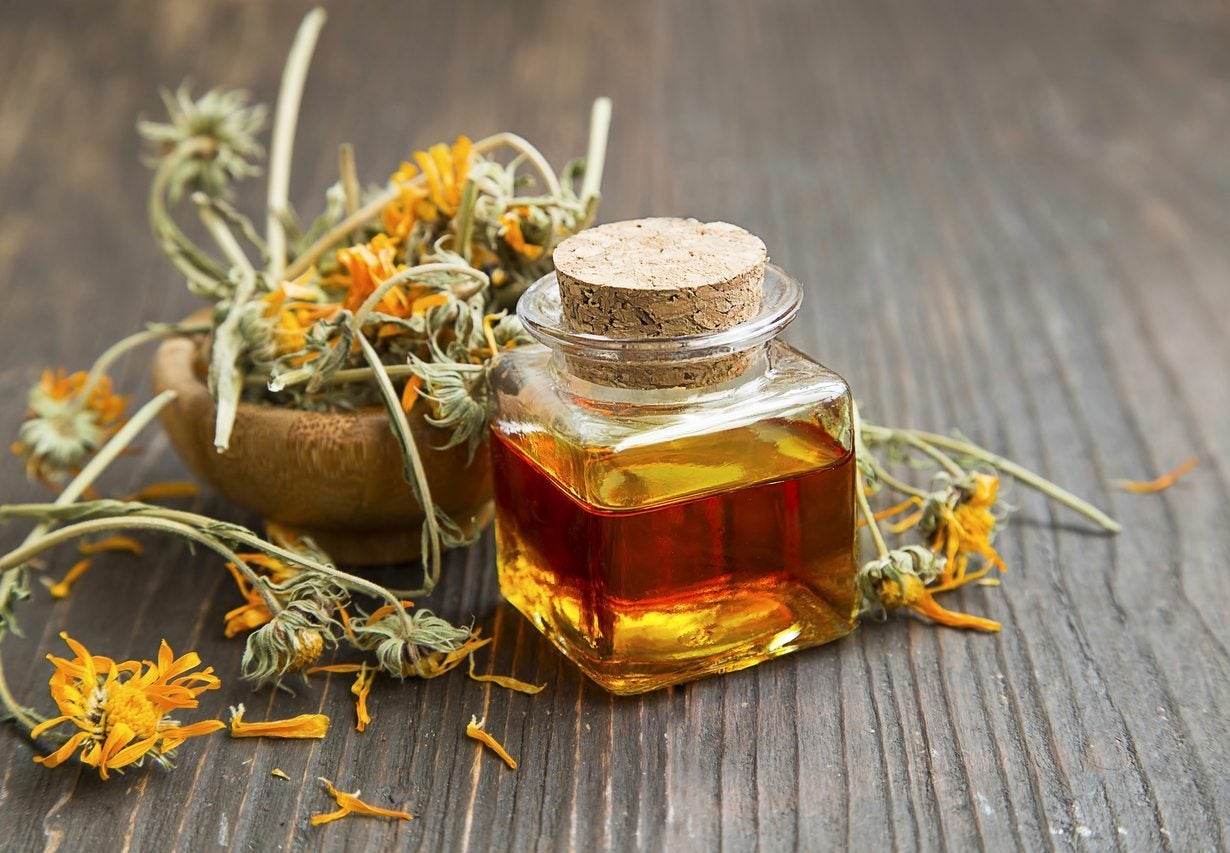

Also known as pot marigolds, the cheery yellow blooms of calendula are not just aesthetically pleasing, they are also a potent, medicinal herb. With their anti-inflammatory, antispasmodic, antiseptic, antibacterial, antimicrobial, and antifungal properties, calendula is certainly an important herb to have on hand. One of the simplest ways to take advantage of calendula’s healing properties is by making calendula oil. Read on to learn how to make calendula oil for health and beauty.
About Homemade Calendula Oil Uses
Calendula is listed by the FDA as one of the safest herbs, safe enough to treat children. Its herbal uses include:
- first aid for wounds, bug bites, and minor burns
- skin care treatment (rosacea, eczema, dry skin, acne, etc.)
- helps alleviate muscle aches, hemorrhoids, ulcers, and menstrual cramps
- oral care
- soothes sore throats
- treats mites in pets
Calendula flowers can be used to make a natural makeup remover, hot oil hair treatments, and insect repellents. It is also being tested for use in cancer treatments. Its flowers are edible and can be added to salads, soups, and other dishes as a garnish, or can be made into a salad oil.
How to Make Calendula Oil
Making your own homemade calendula oil is a very simple process. When making calendula oil all you need is:
- a pint size jar
- dried calendula flower petals
- carrier oil (olive oil, sunflower oil, sweet almond oil, grapeseed oil, avocado oil)
If you are making the oil for topical use only, you can also use jojoba oil, which is not edible. I, personally, have used sweet almond oil and was very happy with its effects on my skin and hair. There are two different ways you can make homemade calendula infused oils. The slower method is cold infusion, while the quicker method is heat infusion. For both methods, start by filling the jar half full of dried calendula petals. It is important to use the dried herb, as fresh petals will cause your infused oil to turn rancid. Next, pour the carrier oil into the jar and fill it just about a half inch or inch (1-2.5 cm.) above the dried petals. Dried herbs have a tendency to float at the top of the oil at first, so you may have to measure this from the bottom of the jar up. Now for the cold infusion method, you simply put the lid on the jar and let the calendula petals infuse in the oil for about four weeks, shaking the mixture at least once a day. For heat infusion, put the lid on the jar, then place the jar in a saucepan or crockpot with water. Heat this on low for one to five hours, until you see the herb infused oil take on a rich yellow color. When your calendula has infused the oil, strain out the dried herbs. You can save these herb remnants for homemade soaps if you would like. When stored in the refrigerator, herbal infused oils have a shelf life of about one year.
Growing Calendula for Oil
Calendula is a very easy plant to grow. It can be grown in flowerbeds, where it will readily reseed itself, or in pots (hence its common name pot marigold). Calendula grows in average soil with good drainage and needs very little care or maintenance. Petals can be harvested throughout the growing season and dried for use in homemade calendula oil. Since calendula is an annual, when growing calendula for oil, you should leave some flower heads on the plant to allow it to reseed itself.
Gardening tips, videos, info and more delivered right to your inbox!
Sign up for the Gardening Know How newsletter today and receive a free copy of our e-book "How to Grow Delicious Tomatoes".
-
 4 Superfast Composting Methods: Turn Waste Into Garden Gold In 30 Days Or Less
4 Superfast Composting Methods: Turn Waste Into Garden Gold In 30 Days Or LessTry the fastest composting methods to turbocharge your pile and transform kitchen scraps and garden waste into finished compost in just a few weeks.
By Mary Ellen Ellis
-
 Best Spider Plant Soil – Complete Soil Guide And Expert Tips For Keeping Plants Happy
Best Spider Plant Soil – Complete Soil Guide And Expert Tips For Keeping Plants HappySpider plants are fun and easy plants to grow, but what is the best soil for a spider plant? Selecting the right soil is important so they can thrive.
By Bonnie L. Grant
-
 Common Diseases Of Calendula – How To Treat Sick Calendula Plants
Common Diseases Of Calendula – How To Treat Sick Calendula PlantsUseful to treat a variety of medical ailments calendula may be, but that doesn’t mean calendula doesn’t get its own share of plant diseases. Click this article to learn about diseases of calendula and managing diseased calendula plants.
By Amy Grant
-
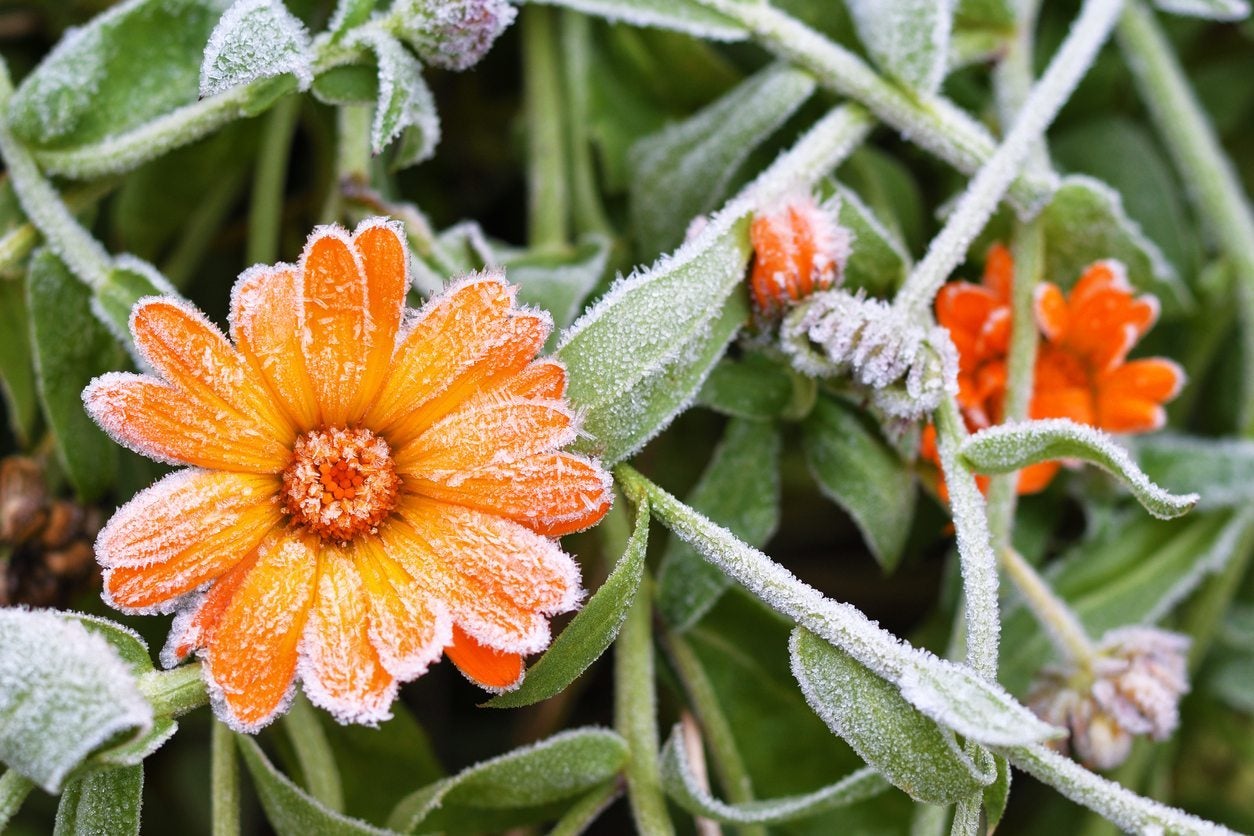 Calendula Winter Care – How To Keep Calendula Over Winter
Calendula Winter Care – How To Keep Calendula Over WinterAlthough some varieties are short-lived perennials in zones 8-10, most gardeners grow calendula as annuals. Calendula winter care isn't necessary when they are grown as annuals, but this article will discuss what to do with calendulas in winter.
By Darcy Larum
-
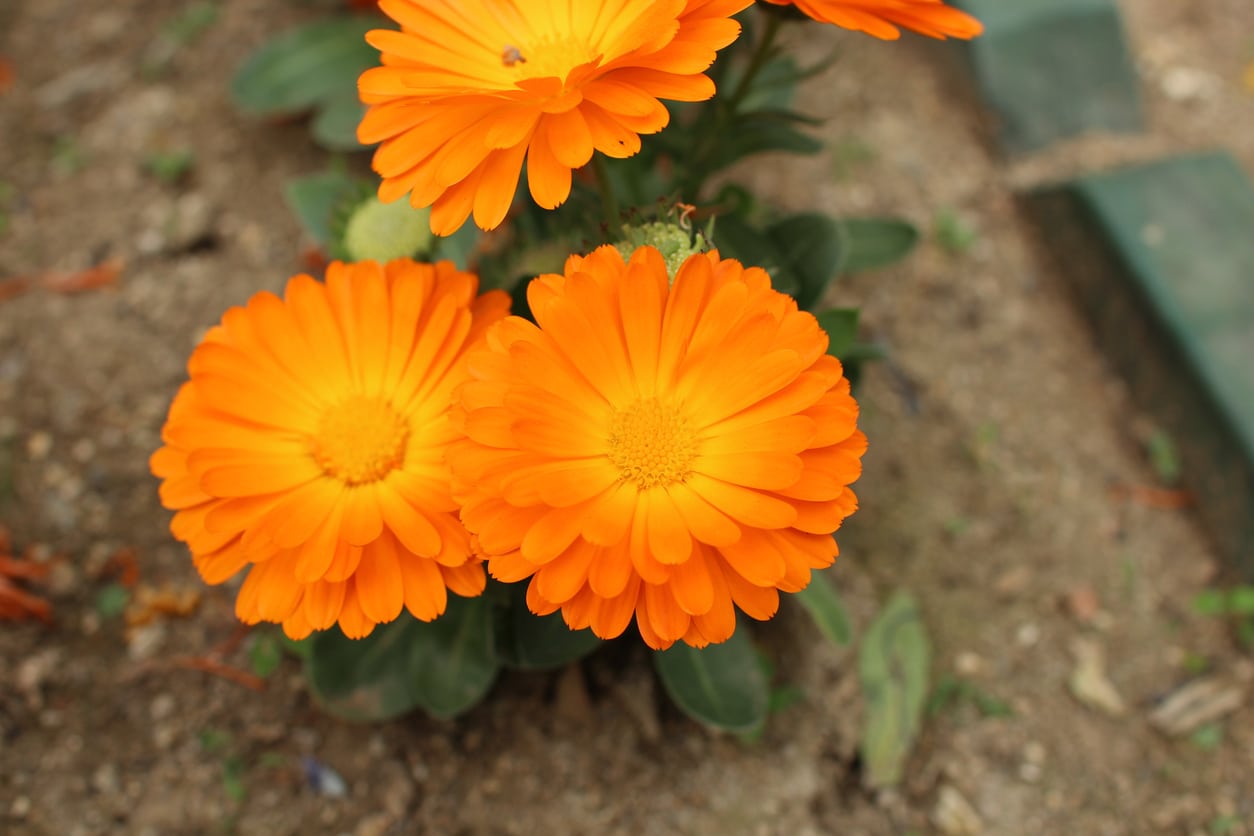 Common Calendula Problems – Learn About Calendula Pests And Diseases
Common Calendula Problems – Learn About Calendula Pests And DiseasesThere are 15 species in the calendula genus, each easy to grow and fairly problem free. That said, even low maintenance calendula has problems and does have its share of pests and diseases. The following article contains information to help with this.
By Amy Grant
-
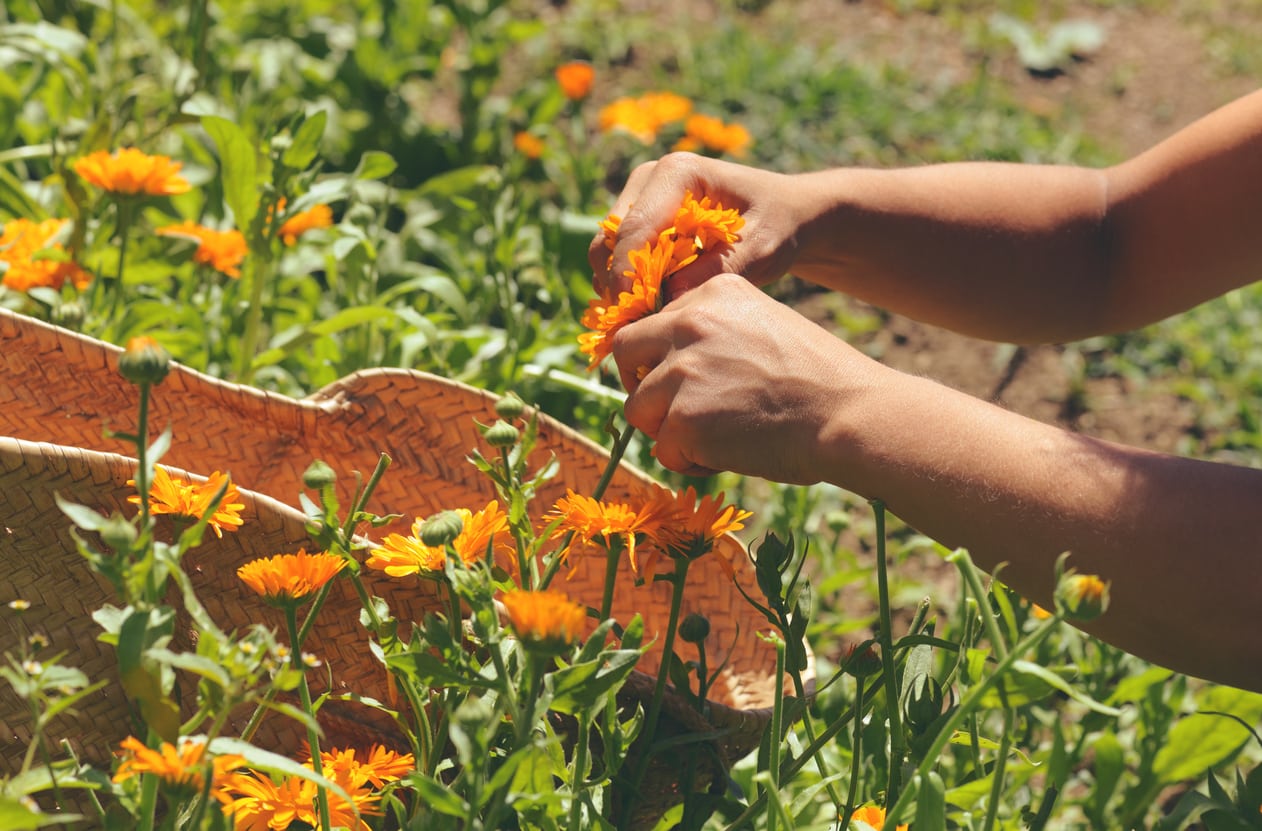 Guide To Calendula Deadheading – Removing Spent Calendula Flowers
Guide To Calendula Deadheading – Removing Spent Calendula FlowersWhile calendula deadheading isn't necessary, the process can improve the appearance of plants and make way for new buds to receive the sun's kiss. Some tips on how to deadhead a calendula will have your plant in season-long production. Learn more here.
By Bonnie L. Grant
-
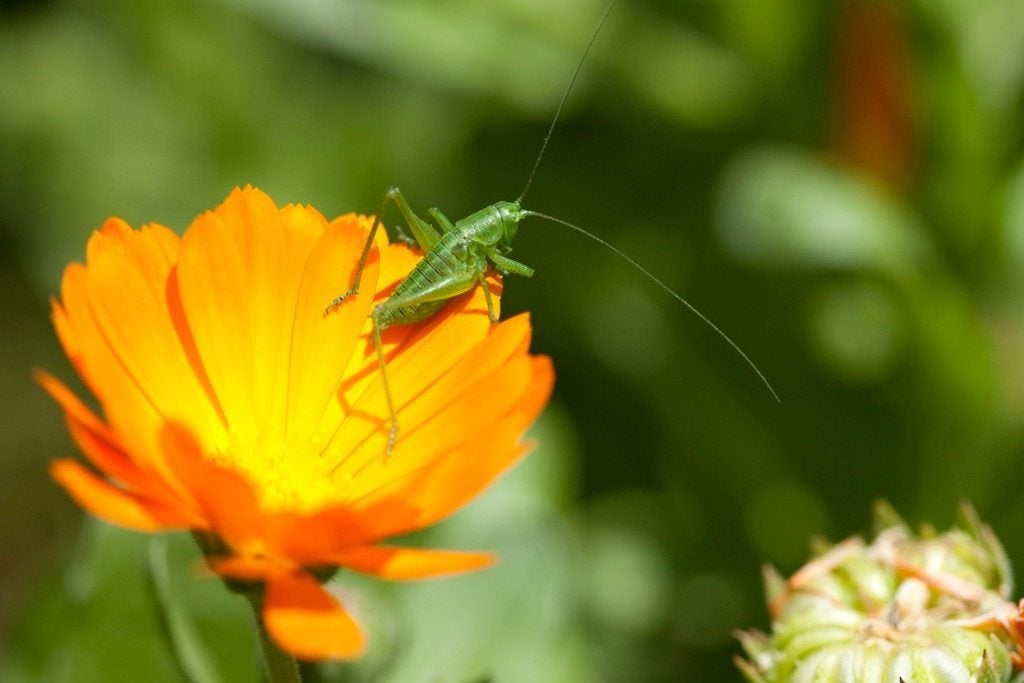 Bugs That Eat Calendula – Does Calendula Attract Pests To The Garden
Bugs That Eat Calendula – Does Calendula Attract Pests To The GardenWhile calendula grows like crazy with little effort on your part, the plants attract a number of good bugs, and are also susceptible to attack by certain harmful calendula pests. Click this article to learn more about the good, the bad and the ugly.
By Mary H. Dyer
-
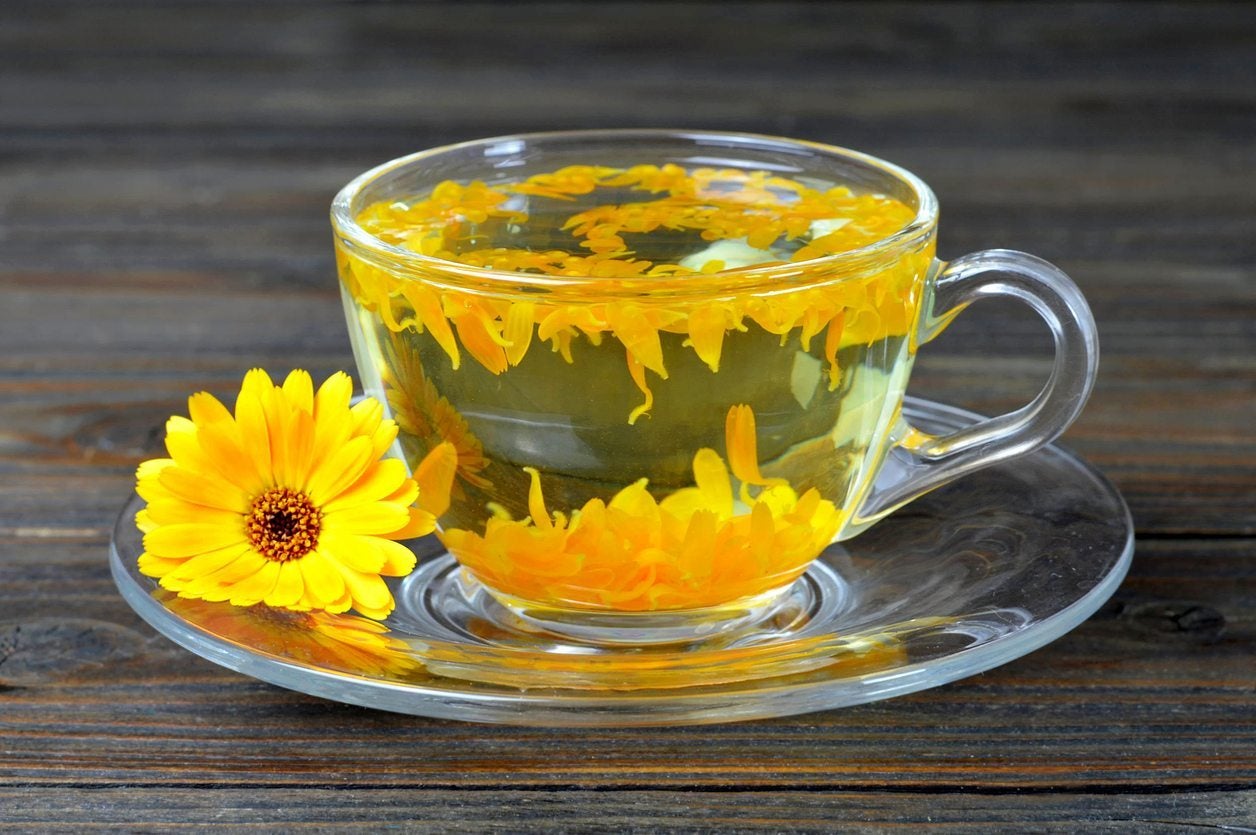 How To Make Calendula Tea – Growing And Harvesting Calendula For Tea
How To Make Calendula Tea – Growing And Harvesting Calendula For TeaA calendula flower is so much more than just a pretty face. Once you learn about calendula tea benefits, you'll have even more reasons to love this plant. If you are considering growing calendula for tea, then the following article will help.
By Teo Spengler
-
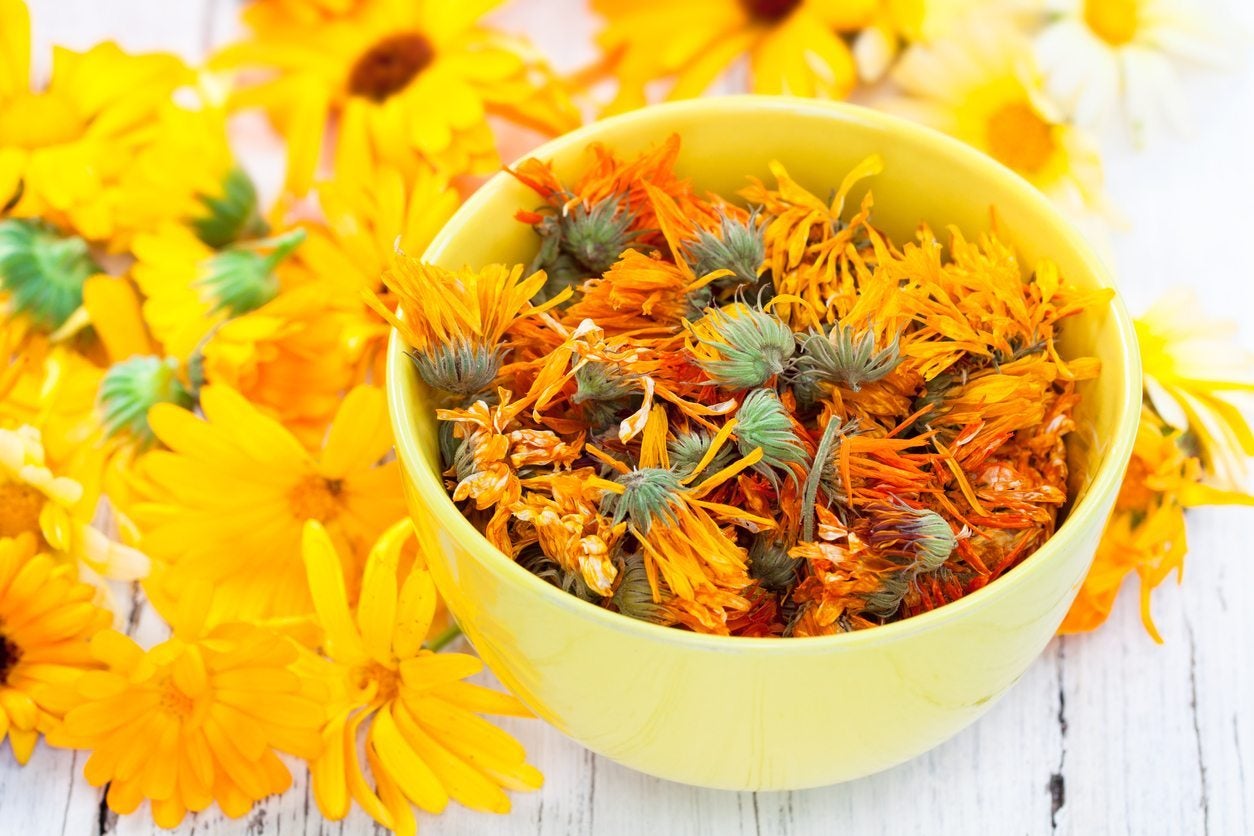 Common Calendula Uses: What To Do With Calendula Flowers
Common Calendula Uses: What To Do With Calendula FlowersNative to the Mediterranean, calendula is a plant that has been used medicinally for centuries. It's a pretty plant to grow in the garden, but there are also a lot of calendula uses that you could try. Learn more about what to do with calendula plants in this article.
By Mary Ellen Ellis
-
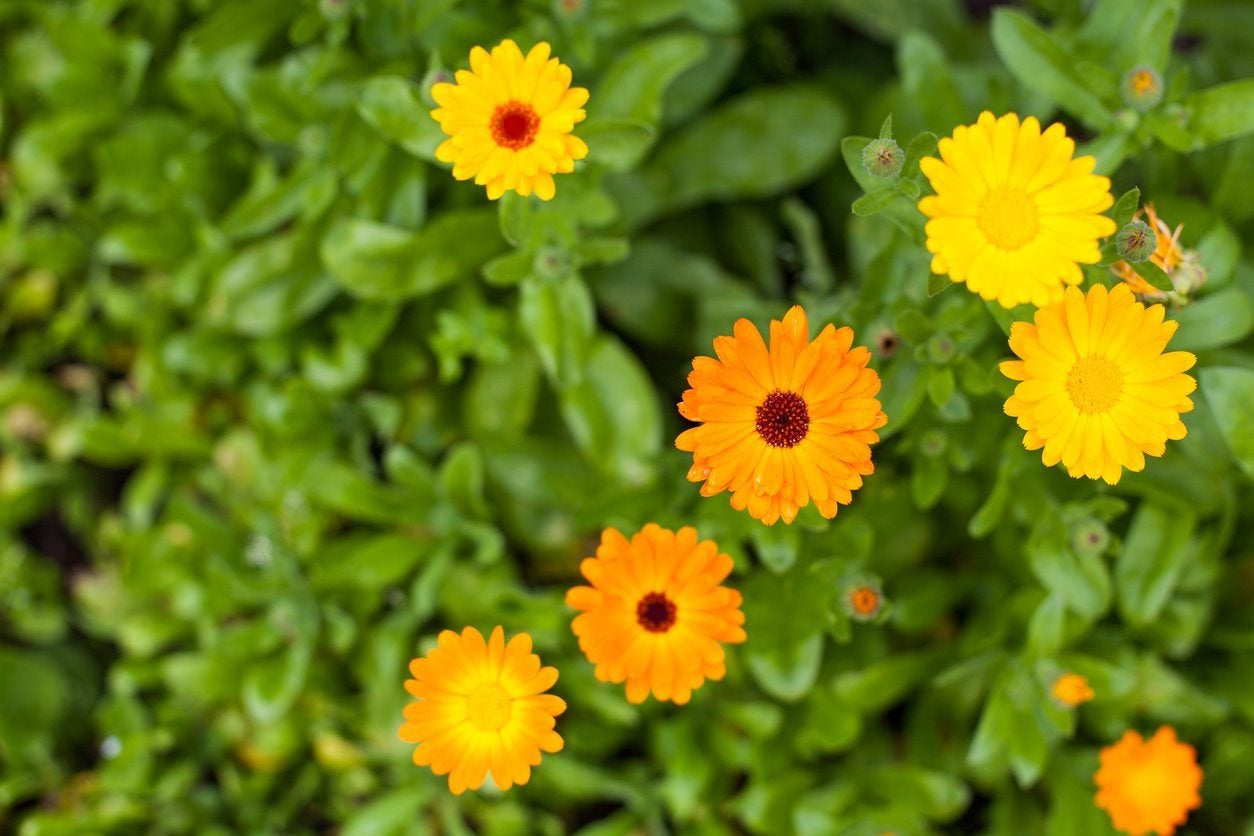 Types Of Calendula Flowers – Learn About Popular Calendula Cultivars And Species
Types Of Calendula Flowers – Learn About Popular Calendula Cultivars And SpeciesCalendulas are a cinch to grow and the bright colors add pizzazz to the garden from late spring to early fall. The hardest part of growing this prolific annual is choosing from more than 100 different types of calendula. Learn more in this article.
By Mary H. Dyer